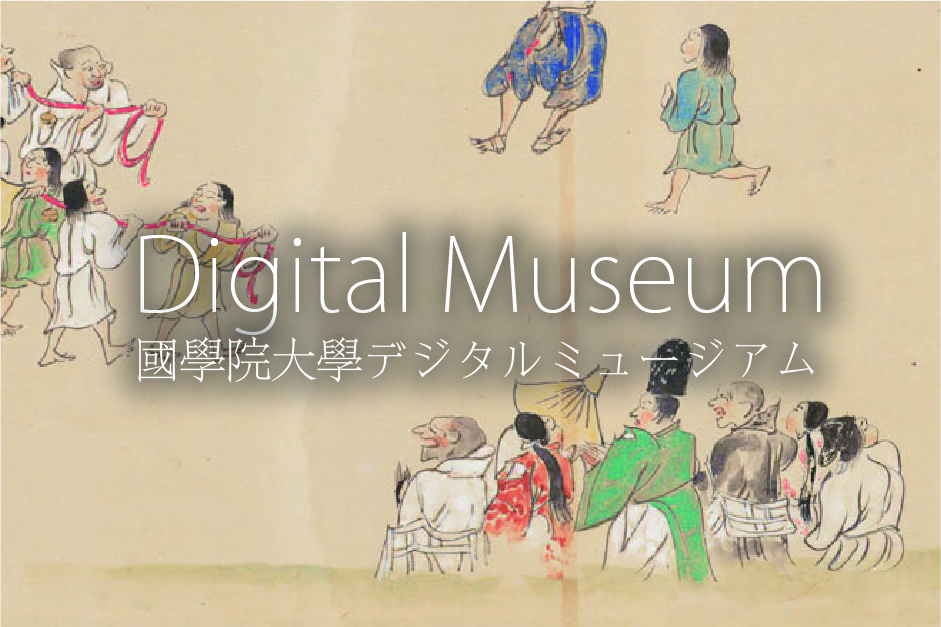- トップ
- Encyclopedia of Shinto
- Jingū taima
Encyclopedia of Shinto
| Main Menu: | |
| Links: |
詳細表示 (Complete Article)
| カテゴリー1: | 4. Jinja (Shrines) |
|---|---|
| カテゴリー2: | Objects of Worship and Shrine Treasures |
| Title | Jingū taima |
| Text | Shrine amulets distributed throughout Japan by the Grand Shrines of Ise on an annual basis. The work of the priests called oshi in spreading the cult of the Grand Shrines nationwide began from the end of the Heian period and continued through the Kamakura and Muromachi periods, reaching its height in the Edo period. The activities of oshi were closely related to the Grand Shrine's estates (shinryō) in each region, as the oshi transmitted the offerings and prayers of their parishioners, the residents of the estates, to the shrines at Ise. In return, the oshi distributed a shrine amulet or oharai taima to each household as a symbol of the ritual invocations (kitō) that the oshi had conducted on the parishioners' behalf. Based on this system of amulet distribution between oshi and parishioners, a broader range of people came to accept the efficacy of amulets bearing the tradition of the Ise school of Nakatomi no Harae (a ritual of purification). In the mid-Edo period, the number of oshi in the Ise towns of Uji and Yamada grew to more than 800; according to a document entitled An'ei rokunen gekū shishoku dankata ieyazu aratame chō (1777), the number of parishioners nationwide had reached some 4,318,584 households. In other words, Ise talismans were being distributed to eighty-nine percent of all households in the country at the time. In 1871, however, a major reform of the Ise Shrines was undertaken with the goal of restoring ancient ways. The ritual intercessions and kagura performed at homes of the oshi, as well as their right to distribute talismans, were abolished. The following year, an imperial proclamation of the Meiji emperor decreed that the production and distribution of Ise amulets would be undertaken by the Grand Shrine Administration (Jingū Shichō). The amulets previously called ōharai taima were henceforth called Jingū taima. The amulets were also given a new appearance by replacing the old inscription that read Tenshō Kōtai Jingū ("heavenly-shining-imperial-shrine") with a new imprint reading Kōtai Jingū Gyoji ("imperial-shrine-seal") and Daigūji ("High Chief Priest"). On the first day of the fourth month a ceremony was held before Ise's Inner Shrine to dedicate the amulets. The prayer offered at that time read, in part, "Beginning this year, amulets will be distributed to all the people of the realm without oversight or distinction." The Head Priest then imprinted the imperial seal on the amulets, and they were distributed to each prefecture, where they were subsequently distributed to the head of each ward and household. From 1900, the Grand Shrine Agency of Shrine Corporations (Kanbesho) took over production and distribution of both amulets and calendars, establishing twenty-eight branch offices in 1912 to promote distribution. In 1927, the National Association of Shinto Priests (Zenkoku Shinshokukai) was charged with amulet distribution. Following the establishment of the Association of Shinto Shrines (Jinja Honchō) following World War II (1946), the Jingū Shichō's Amulet Bureau assumed responsibility for production of amulets and calendars while delegating their distribution to the Jinja Honchō. Under the guidance of their respective prefectural Shrine Bureaus (Jinjachō), local shrine priests (shinshoku), parishioner representatives (ujiko sōdai), and others broadly involved in shrine affairs currently work to promote distribution of the amulets. In 1987, a movement began to promote the enshrinement of Ise amulets in each household of the nation. The country was divided into five blocks, and emphasis was placed on promoting the amulets over a three-year period in five prefectures within a single block (Japan has a total of 43 prefectures, or 47 when urban prefectures are included). The year 1992 marked the 120th anniversary of amulet distribution, and during that year the number of amulets distributed reached 9,253,137, an increase of 135,830 over the previous year. The goal was to reach a distribution of 10,000,000 by the end of the 20th century. Prior to World War II, the significance of shrine amulets was questioned in the context of the debate about whether Shrine Shinto was a "religion." Today, with increasing generations of Japanese unconcerned with shrines, an explanation of the significance of amulets is becoming an important issue within the context of Shinto education. In premodern times, the oshi stressed that oharai taima were purification wands (harae no nusa; see ōnusa), and ultimately taught believers that they housed the deity (miaraka). Under the new religious system of the Meiji period, however, shrine amulets came to be explained as "great imperial seals" (ōmishirushi) which represented the actual seal of the emperor, and were thus symbolic emblems of the high imperial deity Amaterasu ōmikami. This interpretation remains standard today. Based on the standpoint of Shinto ethics, shrine amulets are also interpreted as objects that should be paid reverence morning and night as symbols of the divine virtue (shintoku) of Amaterasu ōmikami, and in thanks for the deity's divine blessings (shin'on). See also Statistics for the Distribution of Amulets from the Grand Shrines of Ise — Nakanishi Masayuki |





